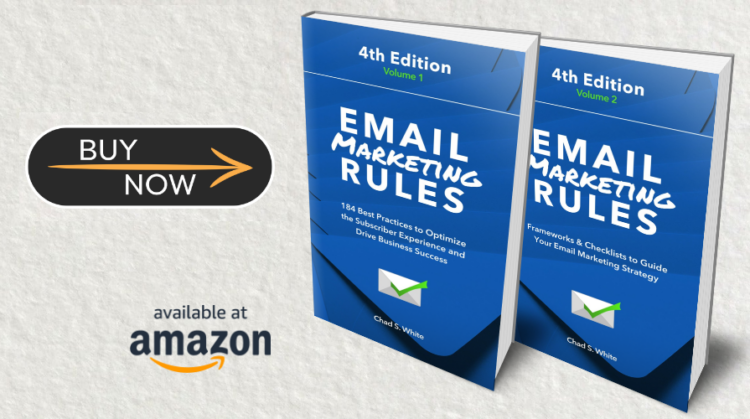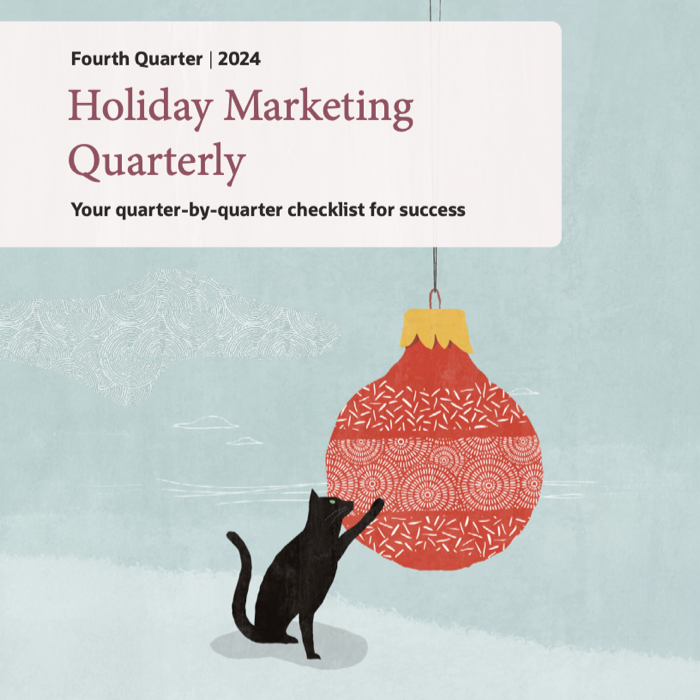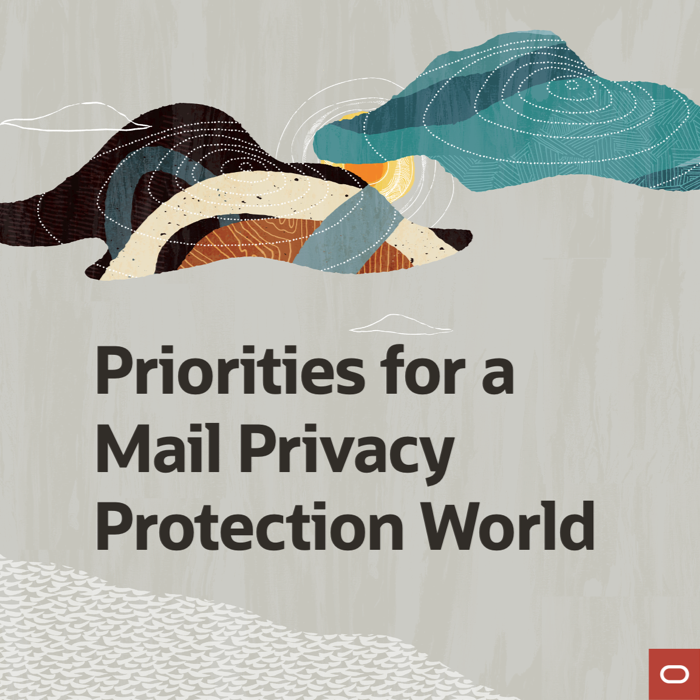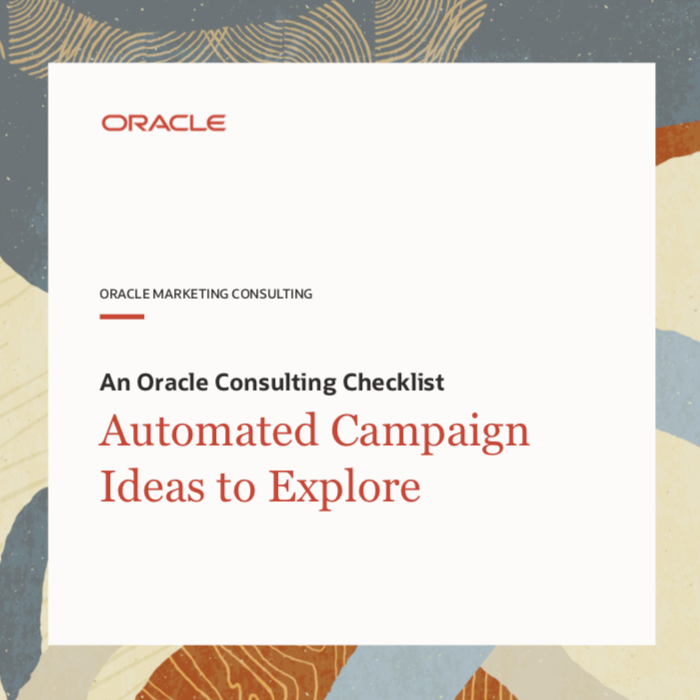Early Holiday Promotions Cannibalize Email Marketing and Sales on Thanksgiving and Black Friday

Concerned about the effects of new pandemic-related restrictions on their operations and consumer optimism, retailers launched their “Black Friday” email promotions early—and the impact of that decision could plainly be seen in Thanksgiving and Black Friday email volume and retail sales.
Increased email sends
Oracle CX Marketing Consulting predicted a 10% increase in email volume on Thanksgiving and a 3% increase on Black Friday during their Choosing the Best Days to Send Email Campaigns This Holiday Season webinar in August. Official numbers show that B2C marketers sent 3.6% more emails on Thanksgiving this year compared to last, and 6% less on Black Friday, according to data from Oracle CX Marketing Consulting based on a panel of more than 40 major national B2C brands using the Oracle Responsys platform.
During Thanksgiving Week, email volume was up substantially, just as it was during the second and third weeks of November. All of this is proof of a strong desire on the part of retailers to lock in more sales ahead of the Thanksgiving holiday weekend.
By sending more campaigns earlier in November, retailers succeeded in driving substantially higher revenue per email during the second and third weeks of November. But during Thanksgiving week, revenue per email fell significantly year-over-year, even though it was up slightly week-over-week.
On Thanksgiving Day itself, unique email open rates were down 4% year-over-year and revenue per email was down 24%, according to Oracle’s panel data. And on Black Friday, unique opens were down 6% and revenue per email was flat compared with Black Friday 2019.
“Many of the retailers celebrating big year-over-year gains in recent weeks found over the Thanksgiving Weekend that demand has softened as big pre-Thanksgiving promotions stole the thunder of Black Friday,” Clint Kaiser, Head of Analytic & Strategic Services at Oracle CX Marketing Consulting, told SmarterCX. “That’s not necessarily a bad thing, as early revenue is safer revenue this year because of pandemic-related risks, but it reinforces the need to view this unique holiday season more holistically.”
Cannibalized retail sales
The cannibalization of sales on Thanksgiving and Black Friday by promotions earlier in November could be seen in overall ecommerce sales as well. Retail shoppers spent an estimated $5.1 billion online on Thanksgiving Day and $9 billion online on Black Friday, according to Adobe Analytics. While both of those are record amounts and both represent a roughly 22% increase over the year-ago figures, they also represent a significant deceleration in online sales. During the third quarter, ecommerce sales grew at a 46% year-over-year pace, according to Adobe Analytics, and at a 36.7% clip, according to the US Census Bureau.
In addition to the online slowdown, retail sales in stores appeared to plunge, as financially stressed consumers continue to avoid crowded stores and move more of their spending online. Store shopper visits fell 52.1% on Black Friday, compared to 2019, according to Sensormatic Solutions. And visits to stores on Thanksgiving Day decreased by 94.9% year-over-year.
Some of that drop was by design, to guard against store overcrowding and the potential for tighter restrictions and lockdowns. For instance, Target, Kohl’s, and other big box stores closed for Thanksgiving this year. And Walmart and Best Buy went so far as to make some of the most popular products, like the new Playstation and Xbox game systems, only available online, according to CNBC. Inventory management and supply chain struggles also likely contributed to these decisions.
Whatever the reason, fewer store visits tends to mean fewer impulse buys. And offline sales are still critical to overall retail sales, since they represent 86.5% of all retail receipts, according to the US Census Bureau.
Email messaging trends
It was widely anticipated that Thanksgiving and Black Friday promotions would look much more like Cyber Monday, with a focus on online deals rather than in-store sales because of the pandemic. That prediction was accurate, with very few major US retailers using their email promotions to try to drive in-store visits.
That appeared to be a wise decision, as consumers appeared to actively avoid anything that even seemed like an in-store promotion. For instance, Kaiser says that Oracle Consulting clients found that using “doorbusters” in subject lines caused those emails to significantly underperform, even when those doorbusters were online-only promotions.
Overall, site-wide discounts were steeper than in recent years, with Gap, Express, and many other brands offering 50% off—with some launching their sales as early as Sunday, Nov. 22.
As they’ve been for many weeks now, curbside pickup and same-day delivery options were widely promoted by retailers in their email campaigns, with Nordstrom taking the additional step of incentivizing their email subscribers to try curbside by offering a $15 promo gift card to first-time users. Consumers said they’d be taking advantage of curbside pickup and same-day delivery at much higher rates than last year, according to Insider Intelligence. These delivery options are likely to become even more prominent in the final weeks of the holiday season.
In a sign that email marketing will continue to perform a pivotal role in determining how retailers do this holiday season, opt-in rates more than tripled during the two weeks before Thanksgiving Week, and unsubscribe rates have been well below year-ago levels during November, according to Oracle. Both of those should boost the performance of email marketing campaigns in the weeks ahead.
 Email Marketing Rules
Email Marketing Rules







































